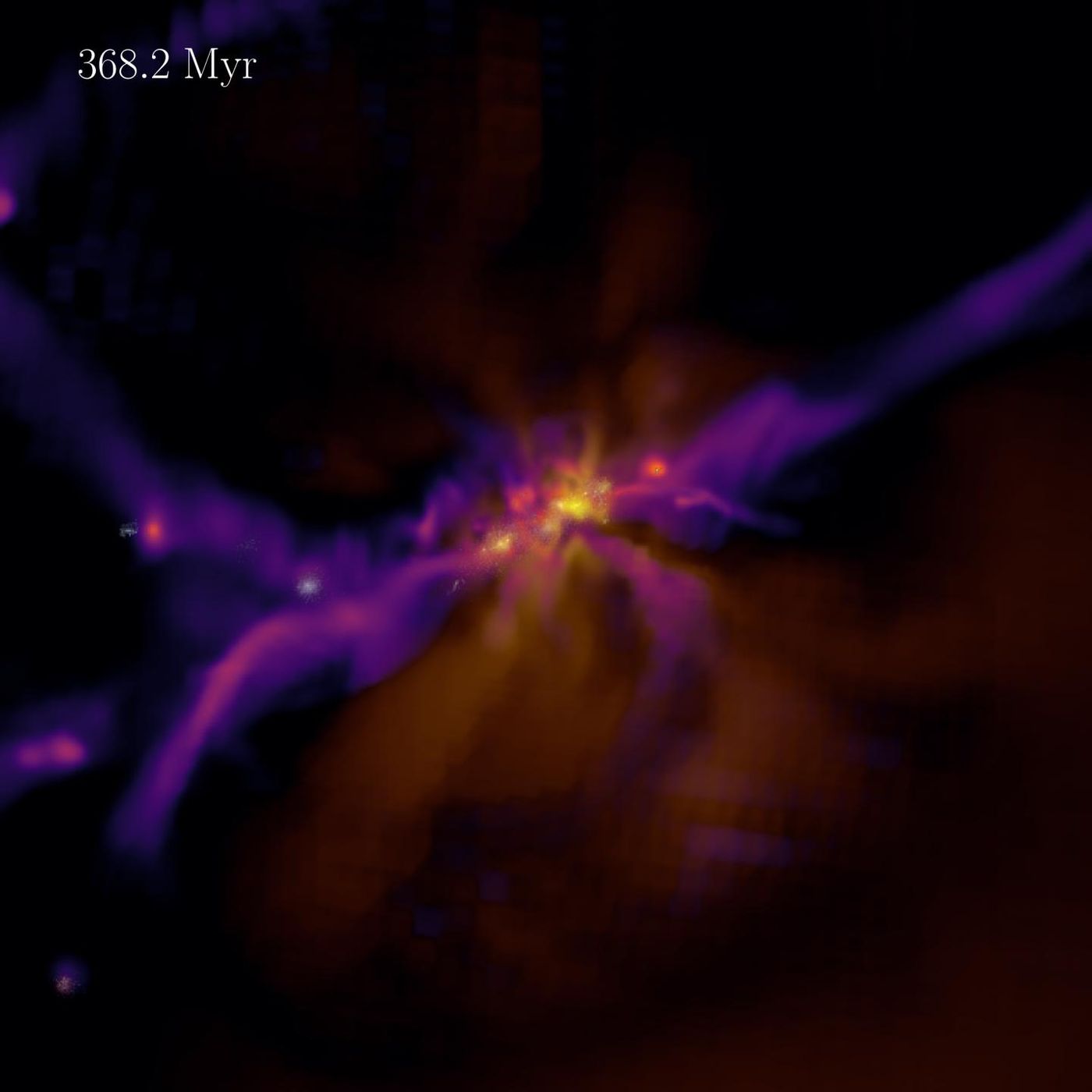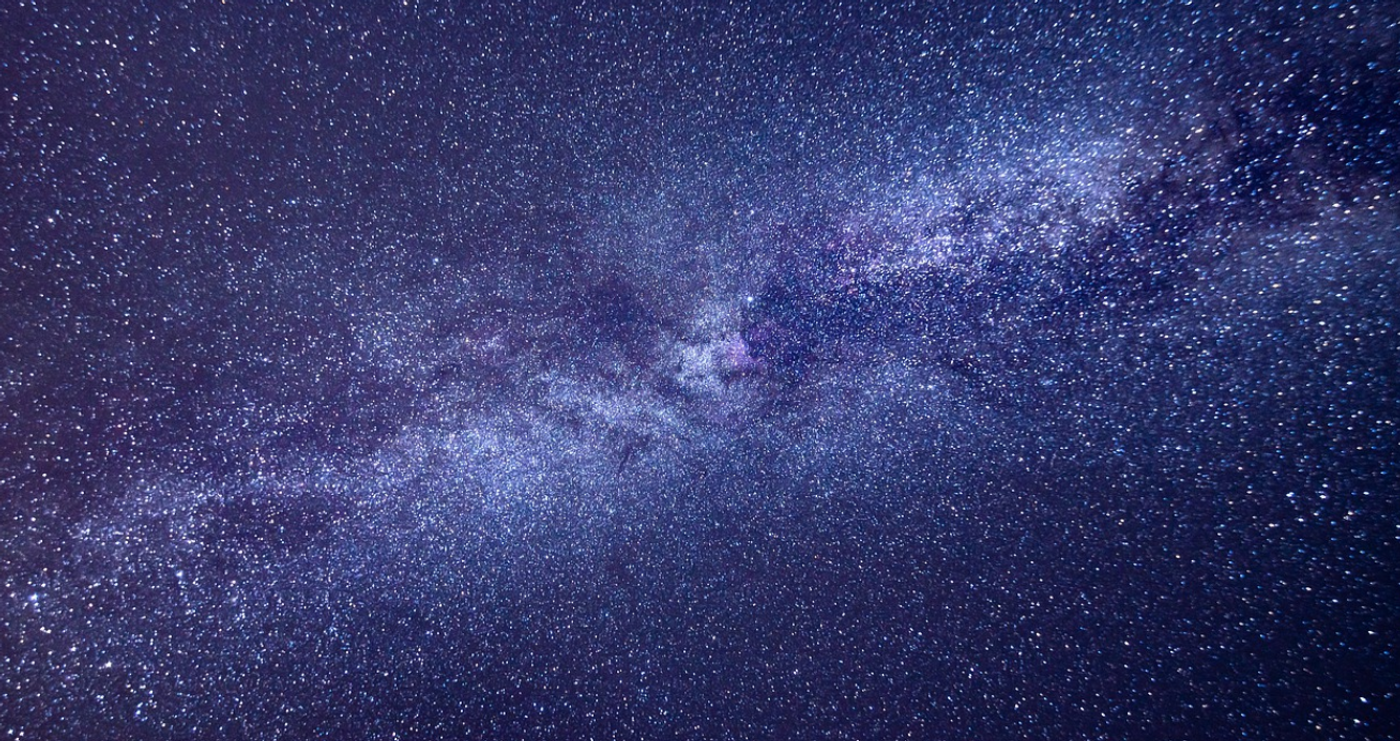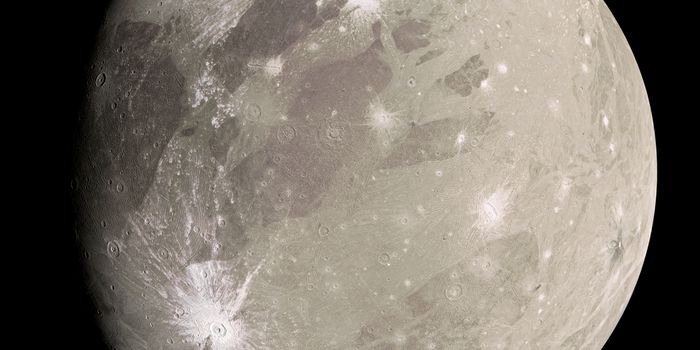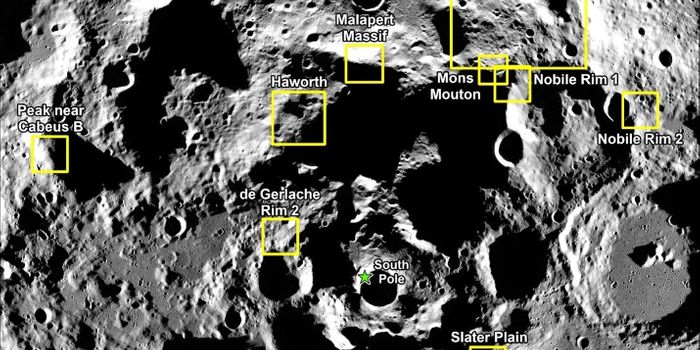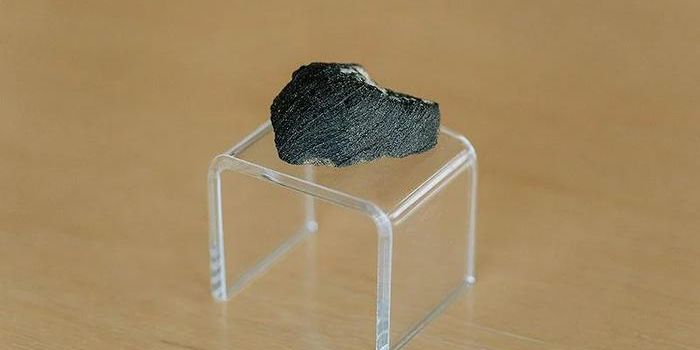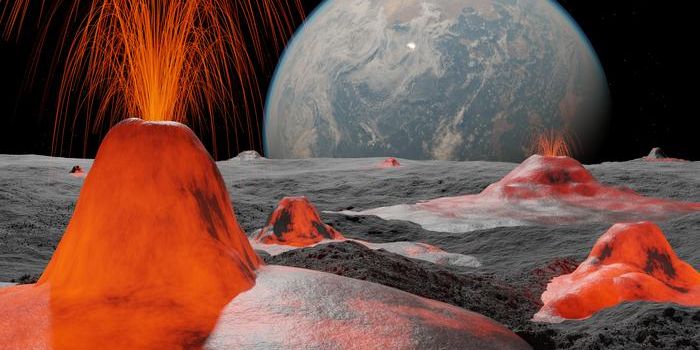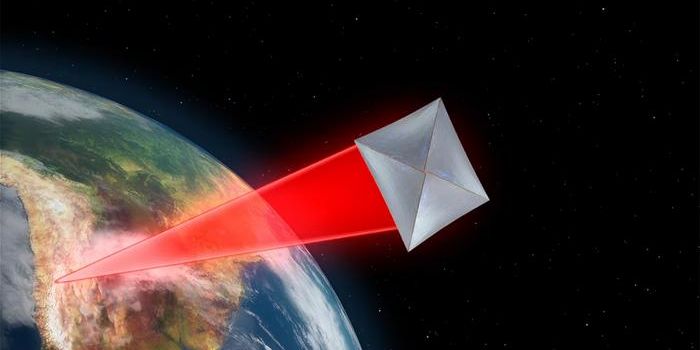After the Big Bang Came the Cosmic Dawn
It's been estimated that the universe began about 13.8 billion years ago in a violent explosion known as the Big Bang. Researchers have now used images captured by the Hubble and Spitzer Space Telescopes to estimate that stars began to form for the first time, an event known as the cosmic dawn, about 250 million to 350 million years after the birth of the universe. The findings, which have been reported in the Monthly Notices of the Royal Astronomical Society, have also suggested that NASA's James Webb Space Telescope will allow us to see galaxies being born after it reaches orbit.
"Theorists speculate that the universe was a dark place for the first few hundred million years, before the first stars and galaxies formed. Witnessing the moment when the universe was first bathed in starlight is a major quest in astronomy," said lead study author Dr. Nicolas Laporte, now of the University of Cambridge.
"Our observations indicate that cosmic dawn occurred between 250 and 350 million years after the beginning of the universe, and at the time of their formation, galaxies such as the ones we studied would have been sufficiently luminous to be seen with the James Webb Space Telescope."
Powerful telescopes like Hubble look so far into space, it's like looking back in time. The images examined by the team showed that the galaxies have a distance from Earth that is relative to about 13 billion years ago when the universe was only 550 million years old. Hydrogen signatures in the stellar atmosphere of these galaxies revealed that the stars within them were 200 to 300 million years old.
"This age indicator is used to date stars in our own neighborhood in the Milky Way but it can also be used to date extremely remote galaxies, seen at a very early period of the universe," said study co-author Dr. Romain Meyer of the Max Planck Institute for Astronomy. "Using this indicator we can infer that, even at these early times, our galaxies are between 200 and 300 million years old."
Additional work using spectroscopy measurements and redshift data from ground-based telescopes confirmed these estimates.
"Over the last decade, astronomers have pushed back the frontiers of what we can observe to a time when the universe was only four percent of its present age. However, due to the limited transparency of Earth's atmosphere and the capabilities of the Hubble and Spitzer Space Telescopes, we have reached our limit," noted study co-author Professor Richard Ellis of University College London.
"We now eagerly await the launch of the James Webb Space Telescope, which we believe has the capability to directly witness cosmic dawn. The quest to see this important moment in the universe's history has been a holy grail in astronomy for decades. Since we are made of material processed in stars, this is in some sense the search for our own origins."
Sources: AAAS/Eurekalert! via University College London, Monthly Notices of the Royal Astronomical Society
